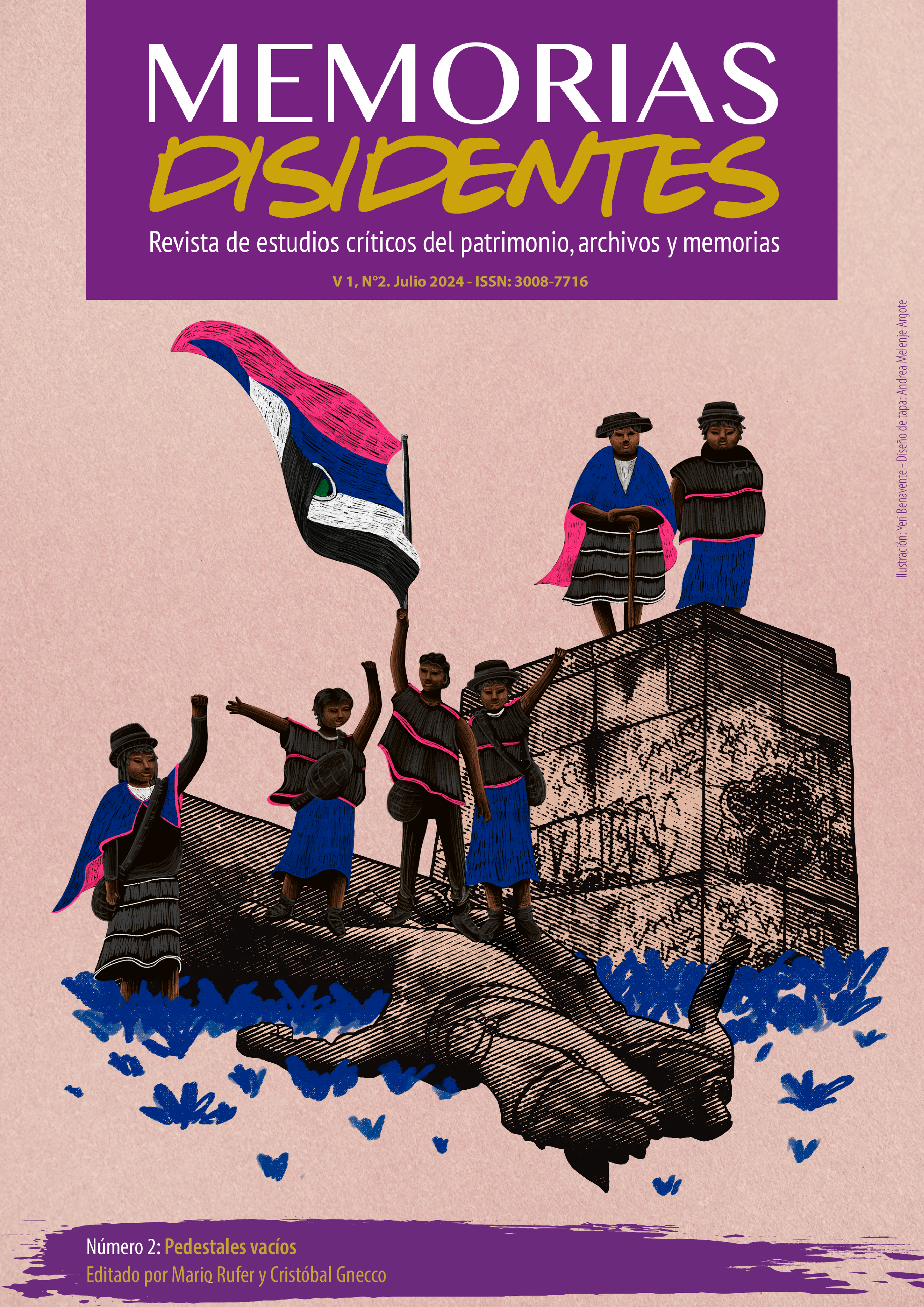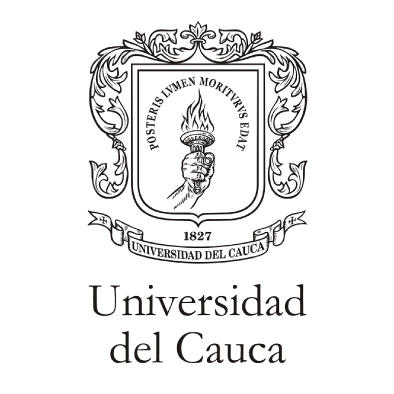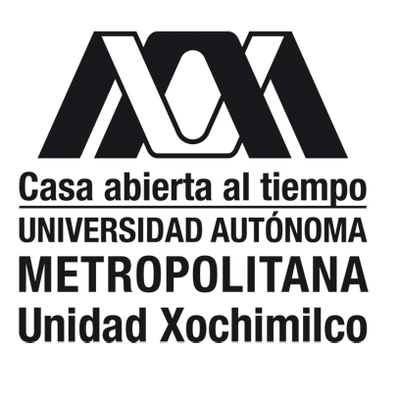Onde a cidade está sofrendo
Foto-narração
Palavras-chave:
catastrofe, ruínas, fotografias, cidadeResumo
No ano de 2013, quando minha investigação começou na Terra do Fogo, um incêndio arrasou as instalações do edifício que, outrora, funcionava como o Frigorífico da “Corporação Argentina de Produtores de Carne” (CAP) da cidade de Rio Grande. Nessa oportunidade, os lugares se tornaram mais agitados em uma comoção generalizada. O espetáculo era desolador: o humor negro e o esposo ocupavam todo o bairro, e os bombardeiros faziam grandes esforços para apagar as lhamas. Anos antes, em 1999, o patrimônio foi declarado Monumento Histórico Nacional, junto com outros edifícios vinculados às instituições de colonização. Esta declaração foi estabelecida posteriormente à venda da propriedade, o que se tornou pertinente à Associação Rural, um empresário local. Desde então, os sucessivos incêndios, levaram ao abandono por parte das dependências do patrimônio estatal, uma (não) política de memória promoveu o esquecimento ativo e seletivo. Na CAP, então, as forças da natureza e a agência humana se transformaram em uma grande ruína, uma catástrofe que não é a mesma catástrofe da história.
Referências
Benjamin, Walter (2007). Conceptos de filosofía de la historia. Terramar.

Downloads
Publicado
Como Citar
Edição
Seção
Licença

-
Os autores mantêm os direitos de autoria e cedem à revista o direito de primeira publicação do trabalho, registrado sob a licença de atribuição Creative Commons, que permite que terceiros utilizem o que for publicado, desde que mencionem a autoria do trabalho e a primeira publicação nesta revista.
-
Os autores podem fazer outros acordos contratuais independentes e adicionais para a distribuição não exclusiva da versão do artigo publicada nesta revista (por exemplo, inclusão em um repositório institucional), desde que indiquem claramente que o trabalho foi publicado pela primeira vez nesta revista.
-
Os autores concedem a qualquer terceiro o direito de compartilhar e usar o artigo (para fins não comerciais), desde que os autores originais e a citação da versão publicada nesta revista sejam identificados.





